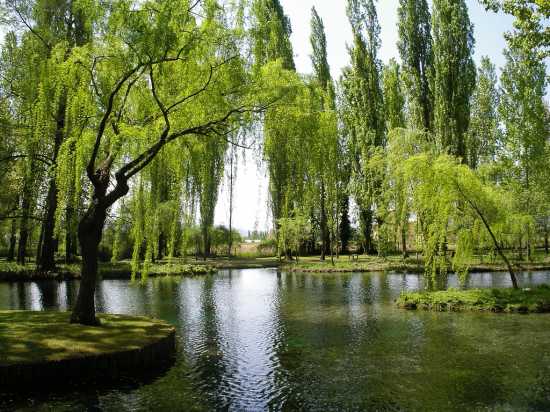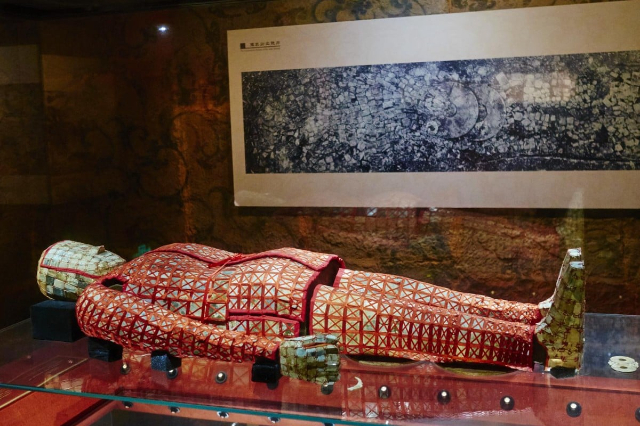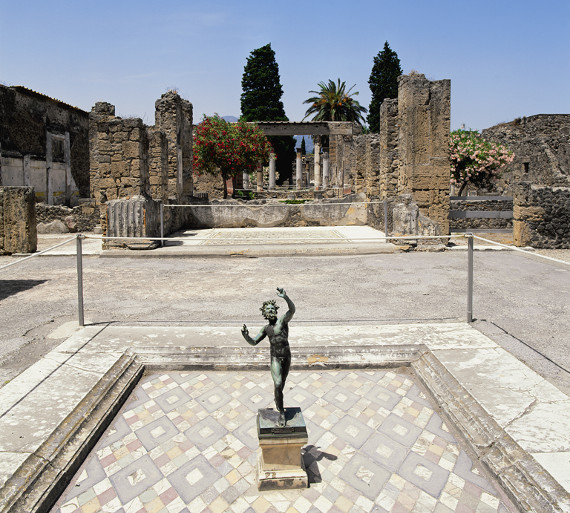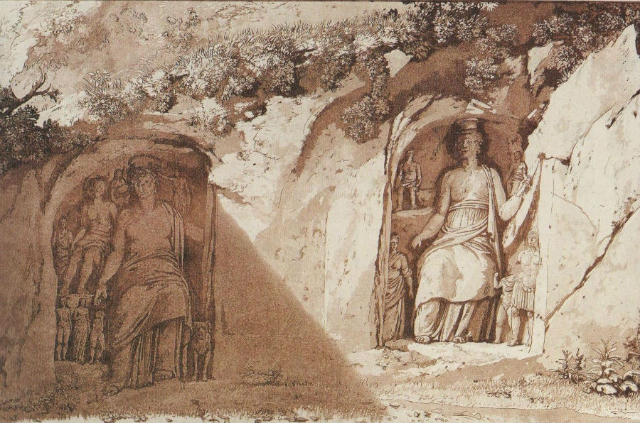Their evocative appearance, with the pond populated by aquatic nasturtiums, marsh forget-me-nots, swans and ducks, and with the myriad colors of the willows and cypress poplars reflected in the clear body of water, inspired painters, poets and writers since antiquity, such as Pliny the Younger, Virgil, Corot, Byron and Giosuè Carducci, who consecrated them in his famous ode. In memory of the poet’s visit in 1910, there is a marble stele carved in bas-relief by Leonardo Bistolfi, accompanied by an epigraph by Ugo Ojetti.
The Fonti del Clitunno are fed by underground springs gushing from clefts in the rock, which with their copiousness in ancient times formed a navigable river as far as Rome, along whose banks stood shrines, villas and baths.
Considered sacred by the Romans, who came here to consult the oracle of the god Clitunno and to perform religious rites, as evidenced by the presence further downstream of the Tempietto di Clitunno (later transformed into an early Christian church dedicated to St. Savior that preserves ancient frescoes), many veins of the river’s waters were dispersed following the great earthquake of 440 AD. Regulated then by making them pass below the Marraggia, the Fonti took on their present appearance in the second half of the 19th century by Count Paolo Campello della Spina.













